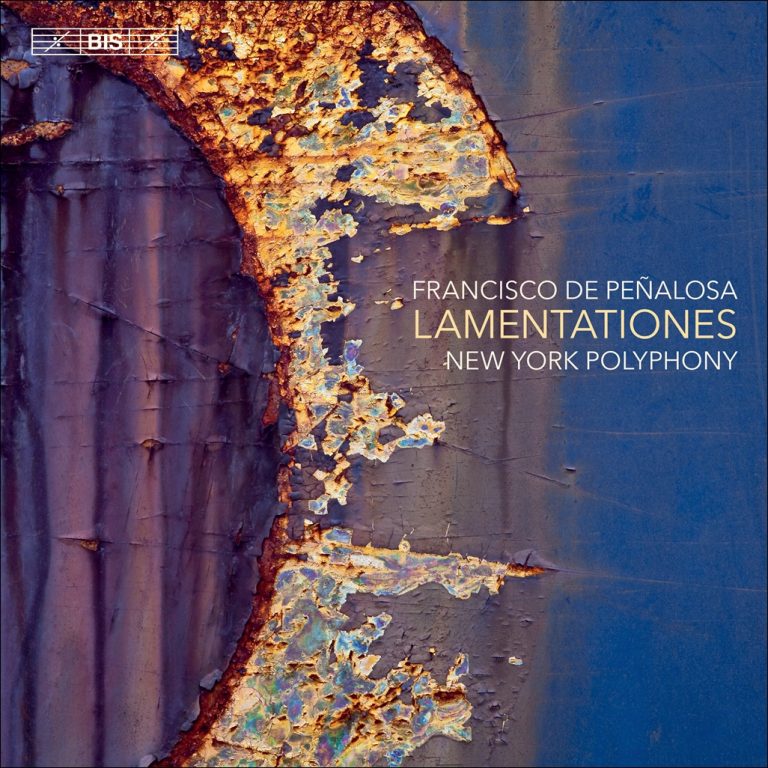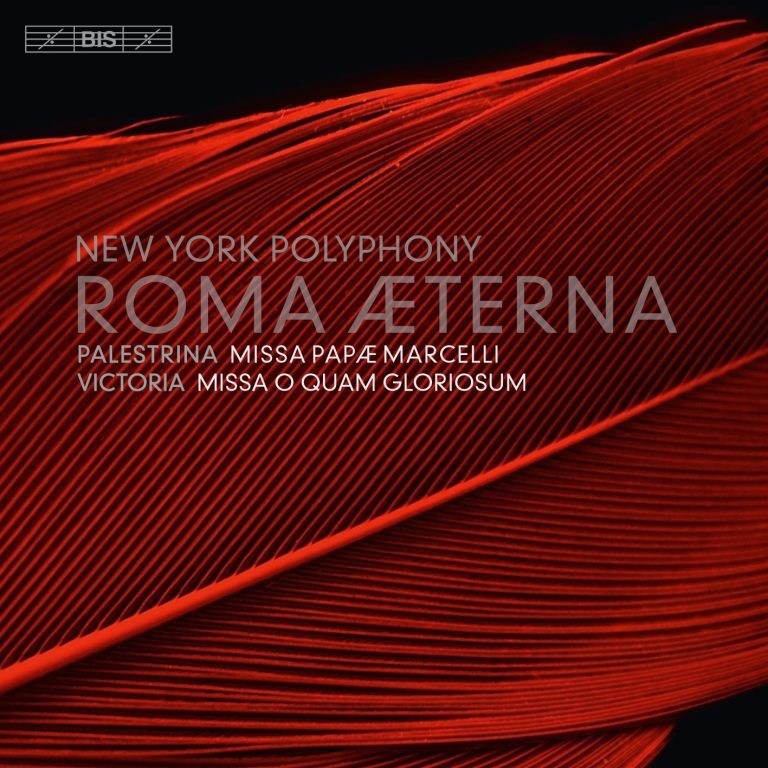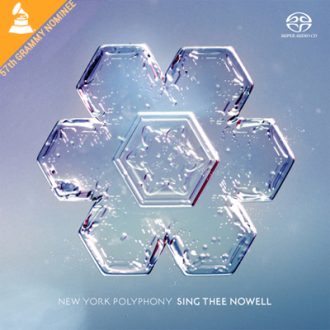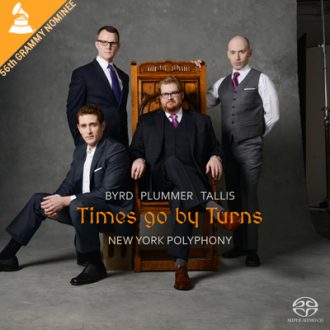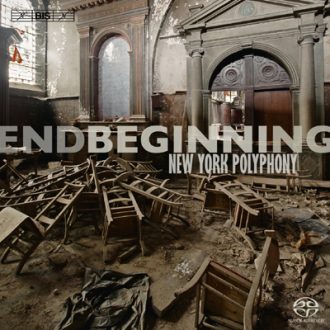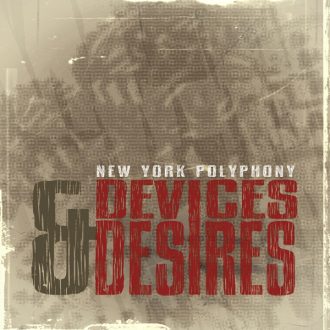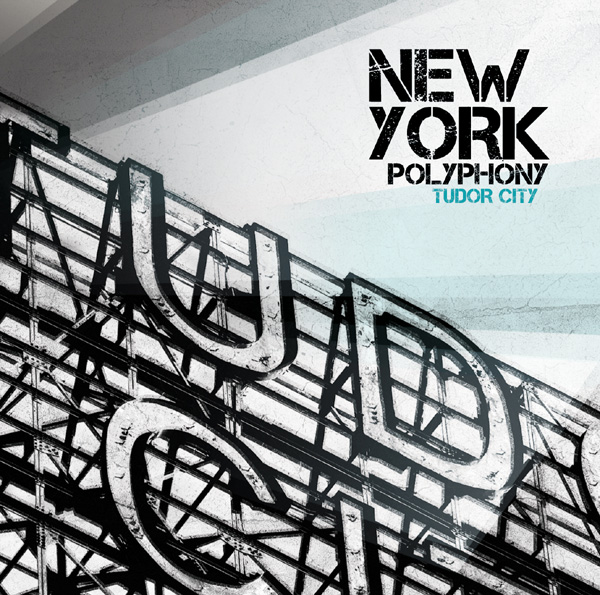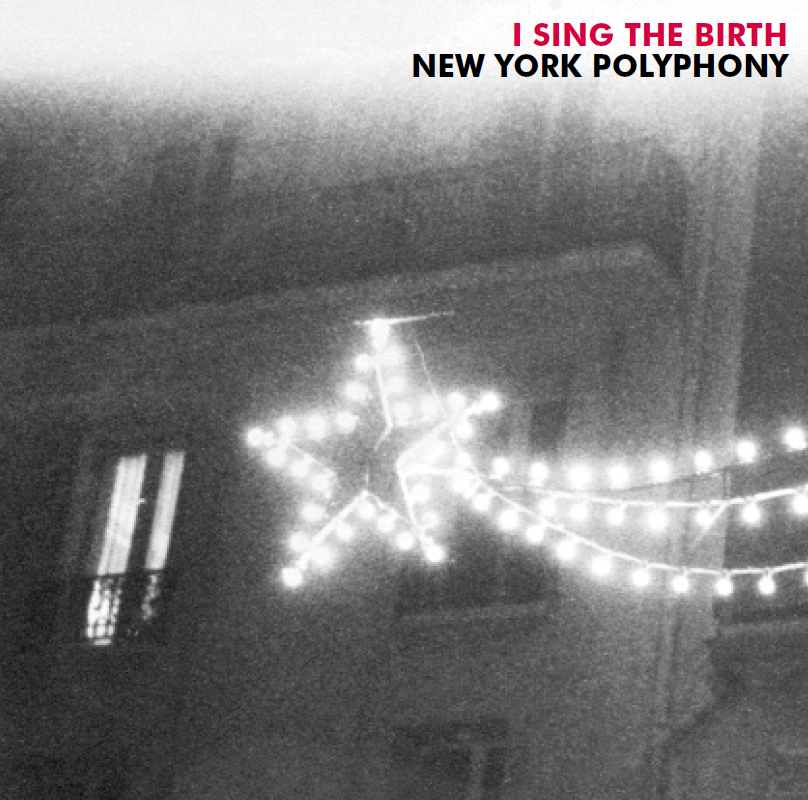And the sun darkened
Champions of rare and rediscovered works of antiquity, New York Polyphony presents the world premiere recording of Loyset Compère’s Officium de Cruce, an elaborate, multi-movement motet cycle that rivals the masterpieces of Franco-Flemish contemporaries Pierre de la Rue and Josquin des Prez, both of whom also appear on the album. Additional works include Andrew Smith’s Salme 55, Adrian Willaert’s Pater noster– Ave Maria, and Cyrillus Kreek’s Taaveti laul 22.
Officium de Cruce is an anomaly for its time – a long-form dramatic work likely intended for private devotional use. Composed for Galeazzo Maria Sforza, Duke of Milan from 1466 until his assassination a decade later, it depicts the events of the crucifixion of Jesus. The compositional techniques Compère employed, as well as the work’s overall expressive dimension, foreshadowed the innovations of Adrian Willaert and Nicolas Gombert a generation later. “The dramatic form of Officium de Cruce is, in a sense, a prototype for the madrigal cycles that began to appear in the late 16th century,” explains New York Polyphony countertenor Geoffrey Williams. “It has an expressive arc that is deeply affecting and innovative for composers of Compère’s generation.”
Regardless of which century the members of New York Polyphony happen to explore at any given moment, you can sense their deep respect and understanding of both the text and music at all times. Their perfectly matched voices create a sonic canopy akin to the nave of a gothic cathedral, with audio engineering to match. Guaranteed you will feel the urge to listen to this recording many times over.
Norwegian composer Andrew Smith’s (b. 1970) affiliation with New York Polyphony dates back to the ensemble’s inception. The music he has composed for the group has occupied such an important place in the group’s repertoire that they consider Smith to be a key factor in the development of their acclaimed sound. “It was through Andrew’s music that we learned to sing as a unit,” notes founding member and bass Craig Phillips. “The format of his harmonic language, its reliance on the contours and colors of Gregorian chant, and how elegantly he sets text taught us how to communicate with each other, balance our timbres, and sing with uniformity of purpose.” Composed for New York Polyphony, Salme 55 is one of Smith’s most ambitious compositions. The text is a lament in which the psalmist prays to God for deliverance from the enemies that surround him, and the friend who has betrayed him. To illustrate the emotional extremes, Smith uses a range of techniques that include complex counterpoint, melodic fragmentation, and tonal ambiguity. The work received its premiere in 2014 at the Church of Saint Jean Baptiste in New York City and has remained a favorite in the repertoire of New York Polyphony ever since.
The remaining tracks on And the sun darkened serve to unify the program, intertwining elegiac themes and providing attractive variances in color and texture. Josquin des Prez’s (c. 1450–1521) Tu pauperum refugium mirrors the supplications found in Compère’s Officium in a plaintive, declamatory style. The settings of the Pater noster and Ave Maria by Adrian Willaert (c. 1490–1562) illustrate the text through a kaleidoscopic interplay of voices. Joining Smith’s Salme 55 in providing modern sensibility, Taaveti laulud by Estonian composer Cyrillus Kreek (1889 –1962) injects an unexpected and gratifying intensity to the program. A passionate setting of Psalm 22 composed in 1914, Taaveti laulud deploys floor-to-ceiling chord voicings, biting harmonies, and stark dynamic contrasts. The album ends with Pierre de la Rue’s (c. 1452–1518) radiant O salutaris hostia. The motet’s calm harmonic rhythm and gradually divergent vocal lines billow to a cascading conclusion – a prayerful closure to a beautifully sung and thoughtfully programmed recording.
listen on spotify
listen on tidal
new york polyphony recordings

